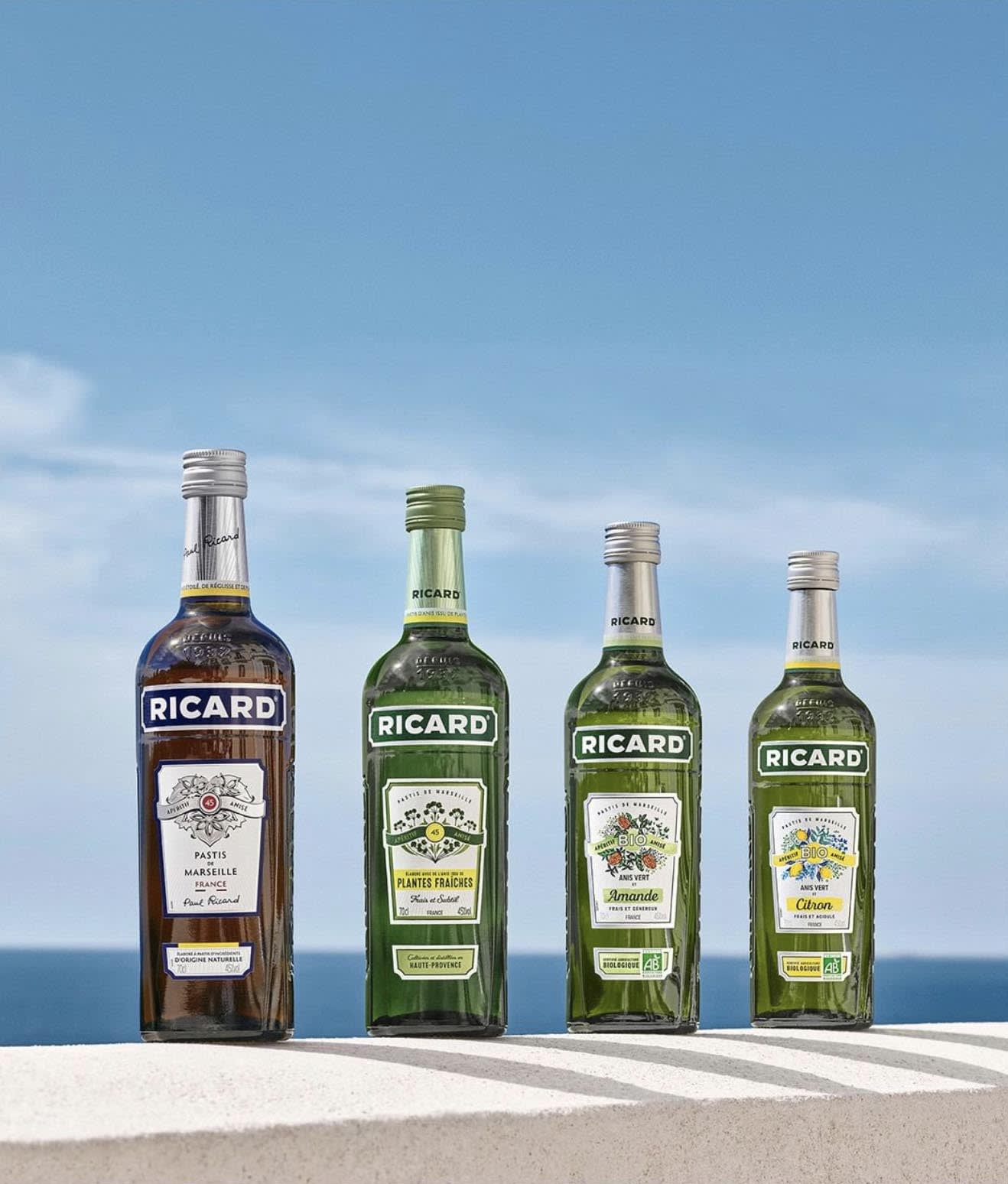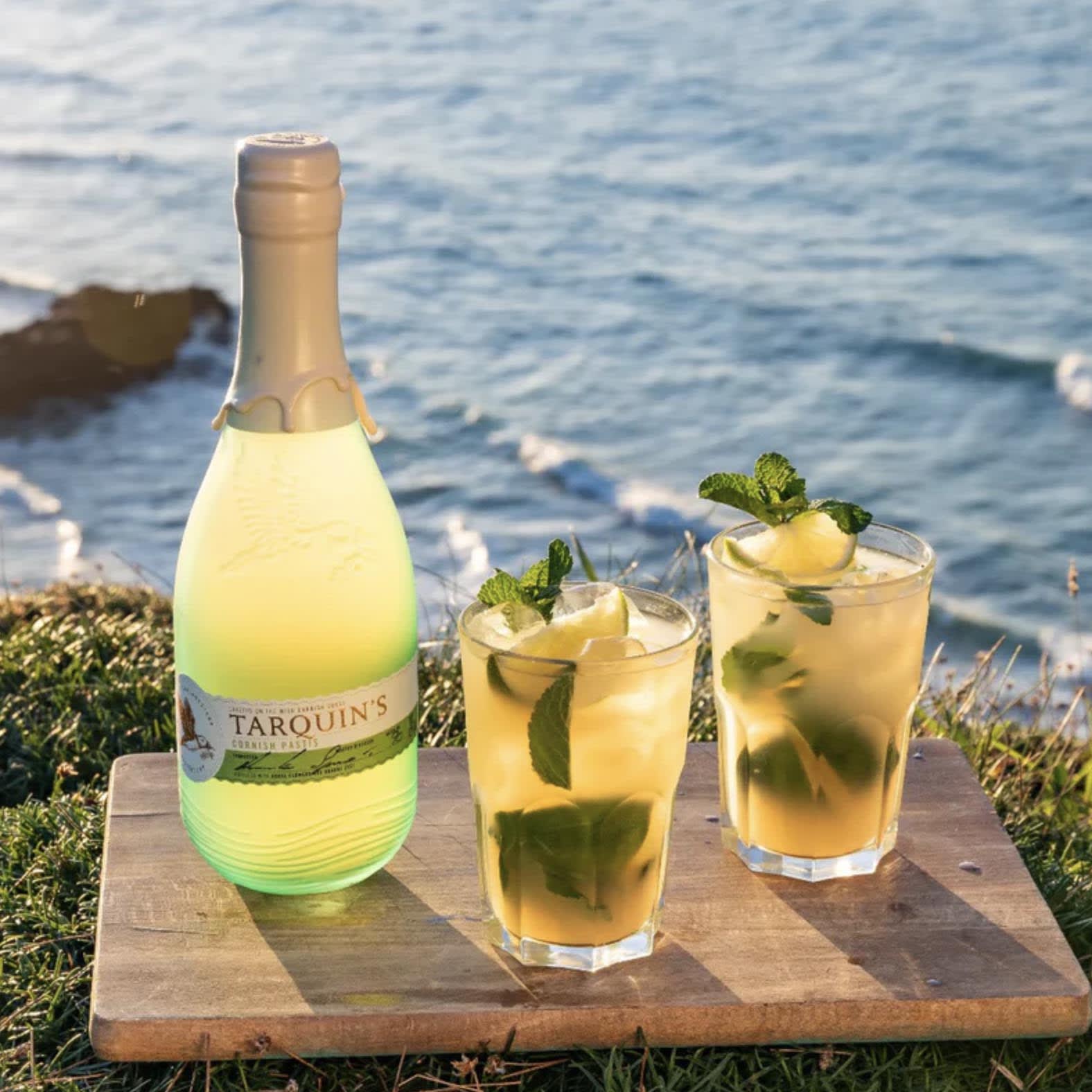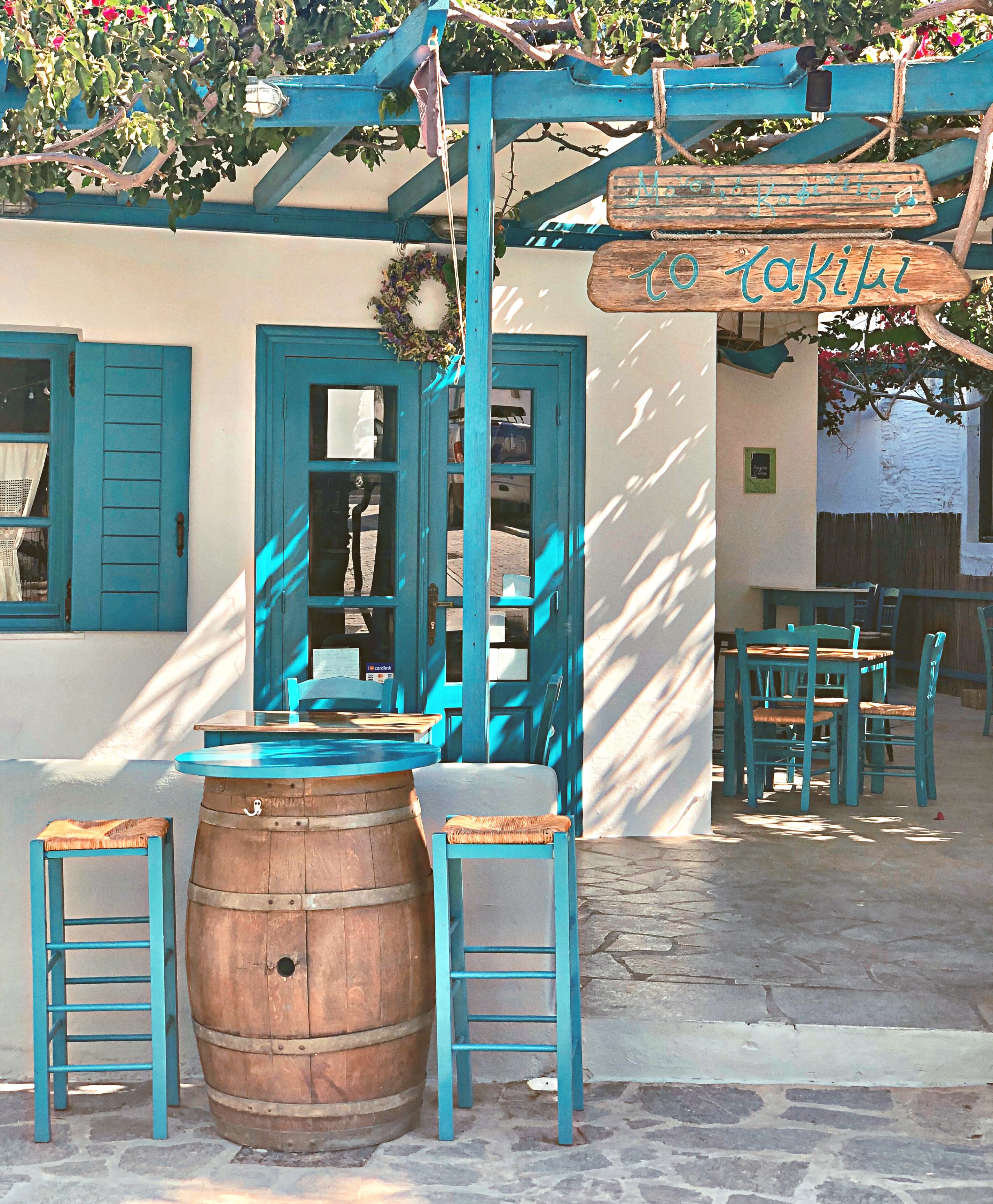

Pastis: The French Enigma
Let’s kick off when a historical detour. The genesis of Pastis traces back to the 1910’s, amid the ban on absinthe, then the drink of choice, in France and across Europe.
The ban was driven by a mix of temperance politics and the belief that its key ingredient, wormwood, was both hallucinogenic and highly toxic.
Given the debauched depictions of the lives of so many of the famed artists and writers of the era (so graphically recounted in countless biographies) – there was certainly a lot to be concerned by, but whether Absinthe alone was to blame is another matter…
With the era of absinthe thought to be over, a young man named Paul Ricard saw an opportunity. Inspired by the still beloved yet outlawed absinthe, Ricard was determined to create a new liquor based on anise flavours that would fill the void.


His innovative spirit was created 1932, when Ricard, at just 23 years of age, developed the formula for the drink we now know as Pastis Ricard.
Whether it was the first Pastis or just one of the first few; how it is made and what it tastes like quickly became the cornerstone for the category and the brand remains a staple in French bars to this day.
Almost 100 years later, Pastis is still made in a similar fashion too. It starts by macerating green anise and star anise in Neutral Spirit (alongside select other botanicals such as liquorice root, cloves, cardamom, citrus and cinnamon), then distilling the mixture. The result is a high-proof spirit that is subsequently diluted with water to bottling strength.
For your own sampling, Ricard, Combier Pastis d'Antan, Pernod's Pastis 51 and Jean Boyer's version are popular brands, widely available and representative of the classic Pastis style. For a more contemporary approach, Henri Bardouin offers a complex, herbal twist on the traditional, while Tarquin’s has a British version made in Cornwall with no added sugar and a clear fresh fennel and fragrant orange note throughout.


Now that you’re up to date, informed and thinking about what might suit your style best, let’s linger on how to go about drinking it.
In France, Pastis is typically served with still water. The ratio of water to Pastis can vary based on personal preference, but a ratio of five parts water to one part Pastis is standard. Often, just like when tonic is served on the side for you to make your G&T, the water will arrive in a carafe.
With the addition of just a splash, the drink transforms, taking on a milky, pale-yellow appearance. Don’t worry though - it’s supposed to go cloudy! The cause of this fascinating visual transformation is the presence of compounds known as terpenes. These compounds are insoluble when the ethanol concentration below 30%, causing the characteristic cloudiness to appear when water dilutes the drink.
I’ll grant you that the combination of anise (polarising), served with still water (boring) is never going to set the world alight. It may be traditional and in the sweltering heat of the Marseillaise summer, it has its place.
That said, for those tethered to UK shores, try it with Fever-Tree Aromatic Tonic or in a with pressed apple, fresh lime and mint for an invigorating summer drink – you’ll be surprised by just how vivid and enjoyable the flavours are. If it's still not hitting the spot - there's also flavoured versions that are becoming more widely available - so if the anise forward nature is too much for you, the likes of Ricard's Lemon or Orange flavoured Pastis take it down a notch and make it more accessible as a spirit.


Ouzo: Greece's Liquid Treasure
Crossing the Mediterranean Sea to the southeast, we reach the home of the iconic Ouzo. Ouzo's history is a bit murky, much like its cloudy appearance. While the spirit's exact origins are unknown, it is widely accepted that it evolved from Tsipouro, a centuries-old, grape-based spirit.
Just like Pastis, Ouzo production begins with a base spirit, usually derived from grapes, which is then redistilled with anise and other botanicals such as coriander, cloves, and cinnamon.
This creates a deeply flavourful, high-proof spirit. The distillation process is repeated several times, with each cycle adding complexity to the final product.
The flavour profile of Pastis tends to be more singular, with a robust anise flavour, often balanced by the sweetness of liquorice. Ouzo, in contrast, usually has a more botanically complex profile, with additional spices and herbs that are allowed to be more pronounced, as well as a significant base spirit note permeating throughout.


For those eager to embark on a Greek spirits journey, popular and accessible brands include Ouzo 12, Metaxa, and Barbayanni. For a niche alternative, try Ouzo Of Plomari Isidoros Arvanitis which adds a touch of mastic gum for added effect and nodding to another great Greek liqueur, Mastiha.


In Greece, Ouzo is also traditionally served straight or with water, accompanied by a range of small dishes known as meze.
Often consumed as an aperitif, it is savoured slowly, allowing the layers of anise, spice, and herb to mingle with the flavours of the food.
The relation to food is intrinsic to the spirit.
In many ways, while it’s easy to compare Patis & Ouzo due to the anise forward flavours, due to the way multiple botanicals are usually evident and the way it’s consumed around meals, Ouzo is often more in tune with Scandinavian Aquavit than it is its French counterpart.
The Future: Challenges and Opportunities
As globally recognised spirits, Pastis and Ouzo face the dual challenge of maintaining their traditional consumer base and heritage while expanding their appeal to a broader, more diverse audience.
It’s fair to say that the potent anise flavour, though loved by many, is divisive, and that will always limit the spirits' popularity outside their respective countries. That said, it isn’t a complete roadblock. Far from it in fact with new “flavoured” versions being launched to compliment (and diminish) the anise top note helping to diversify the spirit and open up perceptions.


The greater obstacle is the reluctance of the key brands to be adventurous.
For any of the big names of Pastis and Ouzo to re-kindle their place at the top of the interest list, they need to find easy, modern ways to be served. They need to engage with modern cocktail culture and accept that doing so isn’t an either / or choice to make.
They can introduce themselves spirits to a new generation of drinkers and be served in a more approachable way while not losing their unflinching traditional legacies.
For Pastis in particular, it might be the only way they will survive given “the old ways” are dying out. Fast.
If Pastis makers don’t act, by 2030 we’ll be left with archaic brands only brought out when the nostalgia of yesteryear demands to be serviced. A pastiche of the real experience and the affection it once had.
Ricard does well with its branding, they do well with their new expressions, but it beggars belief that they stick to peddling the same ‘add still water’ serve and miss the bigger opportunity altogether.


As for Ouzo, it’s culinary ties make it less likely to disappear off the map domestically. It’s part and parcel of eating out and Greek celebrations.
But many will be looking at what’s happened to Limoncello since 2020 and the huge resurgence it’s enjoyed all over the world and wonder why their national spirit is still confined to the perception of a niche, quaint drink only enjoyed by locals or grimaced at when sipped by tourists.
If it’s possible for an antiquated Italian drink to be mainstreaming bar menus with the Lemon Drop and iterations of the Limoncello Spritz from New York to Sydney – is it inconceivable for the likes of Ouzo to get a fraction more attention by the next generation discerning drinkers internationally? To be at least taken seriously.
If Pernod Ricard, Metaxa and Barbayanni engage and dare to be adventurous – maybe even gravitate around some collaborative opportunities in time – the spirits' unique and storied histories will easily keep their legacy alive.
In an era where consumers value authenticity and story, Pastis and Ouzo have the chance to capitalise on their rich cultural narratives to create a deep connection with drinkers.
They are polarising spirits. Sure. But it’s worth reminding the world that they can be much more than niche products from the Mediterranean — they are a taste of the vibrant and rich cultures they hail from. Those cultures change. Modern Greece. Modern France. Ouzo and Pastis need to keep up with the times. As and when they do they'll likely find that it’s possible to embrace innovation and be relevant today while also honouring tradition.
Here’s hoping that they rise to the challenge and embrace the opportunities that are out there!



